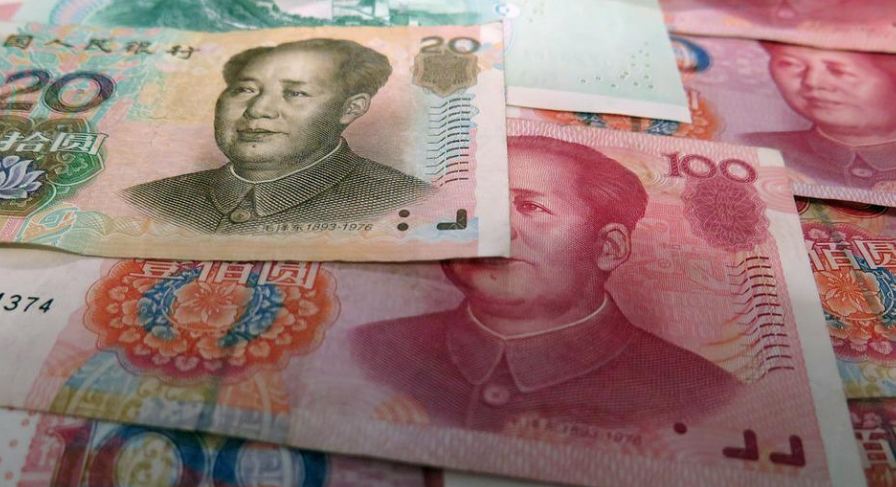Cryptocurrencies are not a new concept. The first Bitcoin transaction took place in 2009, but its idea is much older. Now there is much software available to guide you in cryptocurrency, such as timicoin.io. Cryptocurrencies were first introduced in the 1990s as part of an effort to create an alternative to traditional currencies like dollars and euros and help facilitate global transactions.
Under this system, every cryptocurrency user would have their digital wallet and would be able to send payments to one another without needing any intermediary institutions. In addition to being used as a payment method for everyday purchases, many people now trade cryptocurrencies as investments or speculate on market trends. However, experts warn against doing so due to its volatility.
It is a payment system
Cryptocurrency is not the same as digital cash but is similar in many ways. Cryptocurrency is a payment system that allows you to buy goods and services online. Cryptocurrency isn’t just for buying things; you can also use it to send money to someone else or store value independent of banks or governments.
Cryptocurrency can be used to keep and use money.
A cryptocurrency is a form of digital currency designed to be secure and, in many cases, anonymous. It is not issued by any central authority, rendering it theoretically immune to government interference or manipulation. Bitcoin was the first true cryptocurrency, but there are now scores of others.
Bitcoin works allow individuals and businesses to be protected against fraudulent chargebacks while facilitating transactions for goods and services. Without needing a third party like PayPal or Venmo (or banks), you can send payments between two parties without going through a middleman.
Cryptocurrencies make it easier to transfer funds from one place to another without having a bank account and track your transactions easily with an immutable ledger system called blockchain technology. It records all transactions made within the bitcoin ecosystem at any given time (hence, they call it “blockchain”). The decentralised nature means that no single entity controls what happens within this ecosystem, so there’s no risk of corruption within this system, unlike traditional banking institutions that could freeze your funds if they wanted to!
A cryptocurrency wallet is a file that contains the information needed to access and spend your cryptocurrency. It’s like a real wallet in your pocket or purse, except it holds digital currency instead of physical cash.
You can access cryptocurrency through computer apps or exchanges. Exchanges are online platforms where you can trade cryptocurrency for other or fiat currency. Exchanges are a convenient way to buy cryptocurrency, but they are not the only way to do so. Exchanges are not the same as wallets, which store your coins on your computer or phone. You’ll need an exchange to buy Bitcoin, Ethereum, Litecoin, and other popular cryptocurrencies with cash or a credit card. Other cryptocurrencies have been developed besides Bitcoin, each serving different purposes and providing new services.
The public ledger is a database where all these transactions are documented and stored on multiple computers worldwide. Because this database isn’t stored or controlled by any entity. But rather spread out amongst thousands upon thousands of different users it’s known as being decentralised, which means it’s harder for hackers or governments to compromise your security when using cryptocurrencies.
The original purpose of cryptocurrencies was to provide a secure way for people and businesses to transfer money without needing to rely on banks or third-party services like PayPal. Cryptocurrencies work by allowing users to store their funds in a digital wallet that’s accessible through the internet. This makes it easy for users (or senders) to make payments with other people (or receivers) who are also using cryptocurrencies.
Conclusion
The original purpose of cryptocurrencies was to provide a secure way for people and businesses to transfer money without needing to rely on banks or third-party services. Cryptocurrencies were created to transfer money without relying on banks or other third-party services. Unlike traditional currencies, cryptocurrencies are decentralised and don’t rely on any central bank for management or storage.


